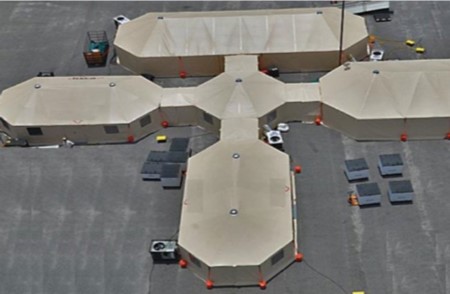The FEMA preparedness grant case studies seek to understand how FEMA non-disaster preparedness grant funds are used to increase capabilities to prevent, protect against, mitigate, respond to, and recover from natural disasters and adversarial events.
Preparedness grant case studies are part of FEMA’s broader work to understand the role of grant-funded investments in improving grantee outcomes. These efforts are organized under the Grant Effectiveness Strategic Vision 2.0, which guides grant effectiveness evaluations and includes a formal research agenda and data management integration line of effort. The described projects focus on improving data quality, measurement, analysis, and communication associated with grant outcomes.

Featured
Virtual Case Study: Jersey City–Newark, New Jersey
FEMA conducted a virtual case study to understand the role preparedness grants have had on the region’s COVID-19 pandemic response.


